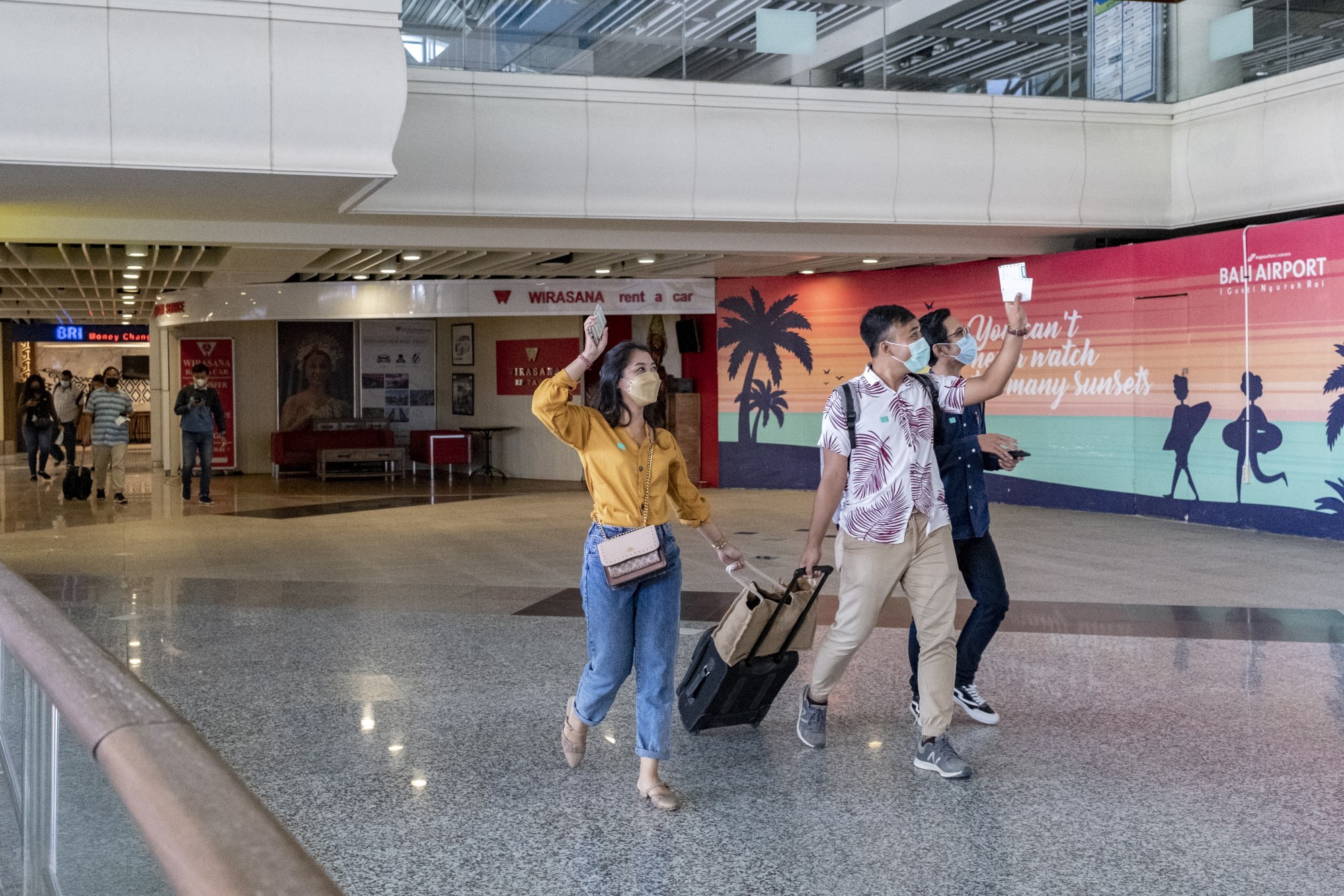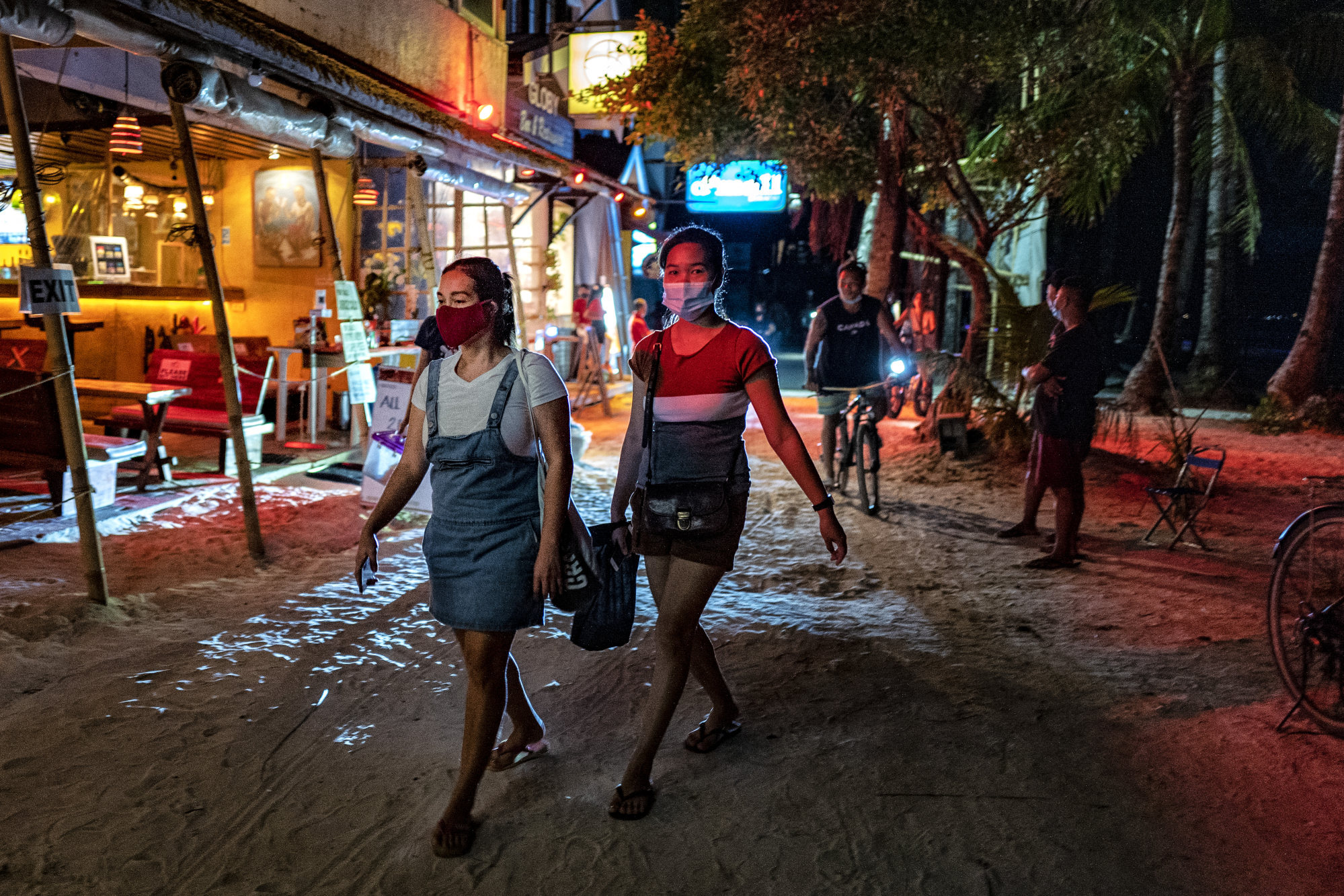
A million Chinese tourists a year to Sri Lanka? It is still waiting
- Sri Lanka’s ambassador to China recently reasserted his country’s goal, and one of China’s largest outbound travel agencies has reportedly committed to it
- Perhaps more important than Sri Lanka’s on-the-ground attractions is the fact that Beijing and Colombo are on increasingly good terms
In 2014, English-language state-run newspaper China Daily called Sri Lanka “pretty much the perfect holiday destination”, touting its “golden beaches, towering mountains, ancient monuments and stunning wildlife all enclosed in a compact island”.
At the time, the South Asian nation was on a tourism charm offensive “with a heavy focus on attracting Chinese revenue, from tourists and investors alike”, according to China Daily. And in its sights were 2.5 million “high-spending tourists” by 2016, 1 million of which, it was hoped, would come from China.
Sri Lanka somewhat missed the mark that year – attracting 1.37 million visitors, of which 271,577 were Chinese – but its focus hasn’t wavered, with the country’s ambassador to China, Dr Palitha Kohona, recently reasserting: “Our goal is 1 million Chinese tourists to Sri Lanka.”
Speaking at an online conference attended by “many Chinese tour operators and environmental NGOs”, Kohona “encouraged Chinese tour groups to direct at least a million tourists to Sri Lanka”, reports Sri Lankan newspaper the Daily News. “The ambassador elaborated on Sri Lanka’s green credentials, including its vast forest cover, the 7,000-odd wild elephants, the highest concentration of leopards in Asia, the 26 species of whales off our shores, including the giant blue whale.”
Perhaps more important than on-the-ground attractions, though, is the fact that Beijing and Colombo are on increasingly good terms.
Relations between Sri Lanka and China extend back centuries, with diplomatic ties formally established in 1957, but have enjoyed their time in the spotlight recently. As online magazine The Diplomat acknowledged in May, “Sri Lanka’s relationship with China has been a controversial discussion during the last decade, dominating both domestic and international political conversations”, largely because of huge Chinese investment in Sri Lankan ports, power and roads, as well as increased aid and imports.
A report by British policy institute Chatham House found that, in 2019, the value of cumulative Chinese infrastructure investment in Sri Lanka was equivalent to 14 per cent of the country’s GDP. “Sri Lanka has largely welcomed China as a major investor and strategic partner in the past decade,” reported the journal China Brief, in May.
Twelve months on, that post-Covid-19-era remains elusive and exactly when outbound travel from China might resume remains very much up for discussion.
Still, when those quarantines are removed, Sri Lanka has the word of one of China’s largest outbound travel agencies that it will send travellers from the Middle Kingdom its way. After Kohona’s presentation, the Daily News reported that “the giant Caissa Travel Group (among the top five in China) made a firm commitment to the ambassador to make its best efforts to send one million tourists to Sri Lanka when travel restrictions were lifted”.

Bali reopens, but travellers yet to arrive
Still, that hasn’t dampened the spirits of the island’s deputy governor, Tjokorda Oka Artha Ardhana Sukawati, who believes Bali could be crowded again in as little as three weeks.
According to Indonesian news site Tempo, on October 14 he said: “[Bali] is open today. The results may show at the end of October or early next year. Because they need time for preparations and arranging for visas and bookings. But if there are charter flights, [the crowds of foreign tourists] may come sooner.”
Currently, vaccinated visitors can enter Bali on the single-entry B211 e-visa, which is valid for 60 days and allows for four 30-day extensions. “Until recently, this visa was for business reasons only, however, the government has now added ‘tourism’ under the list of accepted activities,” according to platform Honeycombers Bali.

Philippines lifts quarantine requirement for fully vaccinated travellers
From October 31, the Philippines will lift its quarantine requirement for fully vaccinated travellers from places that have demonstrated low rates of Covid-19. The announcement came as the country revised its “roster of ‘red, yellow, and green’ countries and jurisdictions, as well as the testing and quarantine protocols for arriving passengers”, the Philippine News Agency reported on October 15.
“Romania is the only country that has been included on the red list,” the article continued.
Among the 49 states and jurisdictions on the green list are mainland China, Hong Kong, Taiwan and New Zealand, as well as a seemingly random group that includes Bhutan, Eritrea, Falkland Islands, Nicaragua, North Korea, Poland, Saint Pierre and Miquelon, Syria and Yemen.
“Inbound international travel of all persons, regardless of vaccination status, coming from or who have been to red list [locations] within the last 14 days prior to arrival to the Philippines shall not be allowed,” the article said. Tough luck if you’ve just been to Romania, then.
Inoculated arrivals from yellow-list countries will need to “undergo facility-based” quarantine before receiving negative results from a PCR test on their fifth day, after which they will need to quarantine at home for a further five days.

